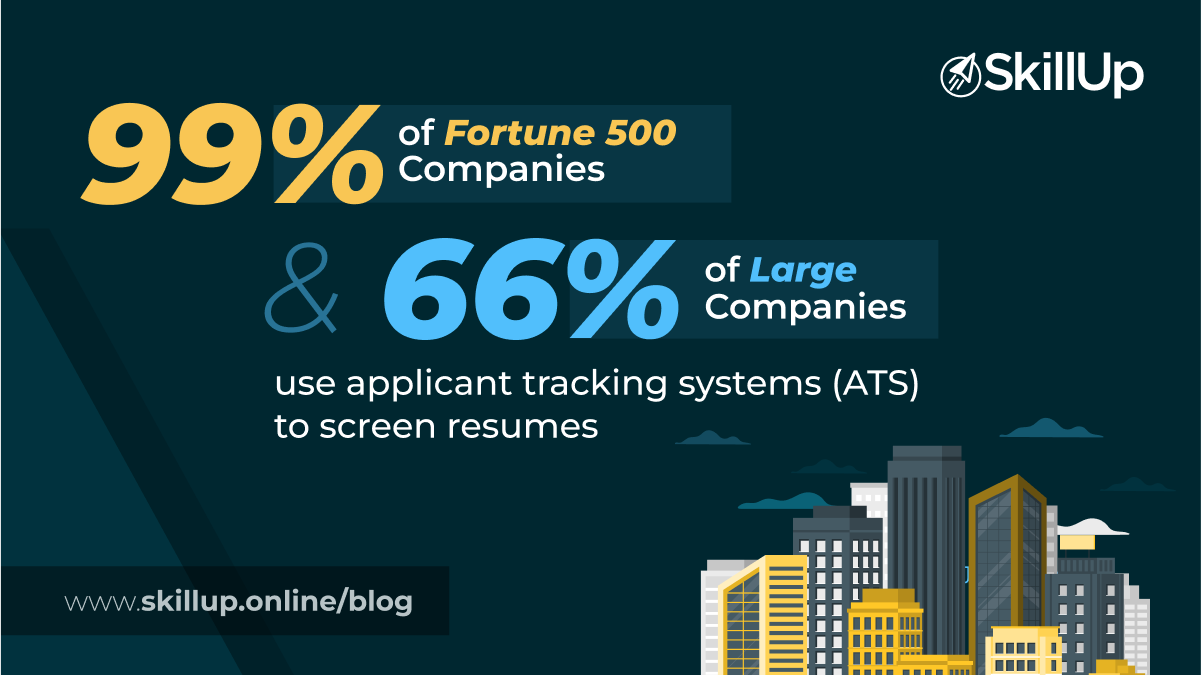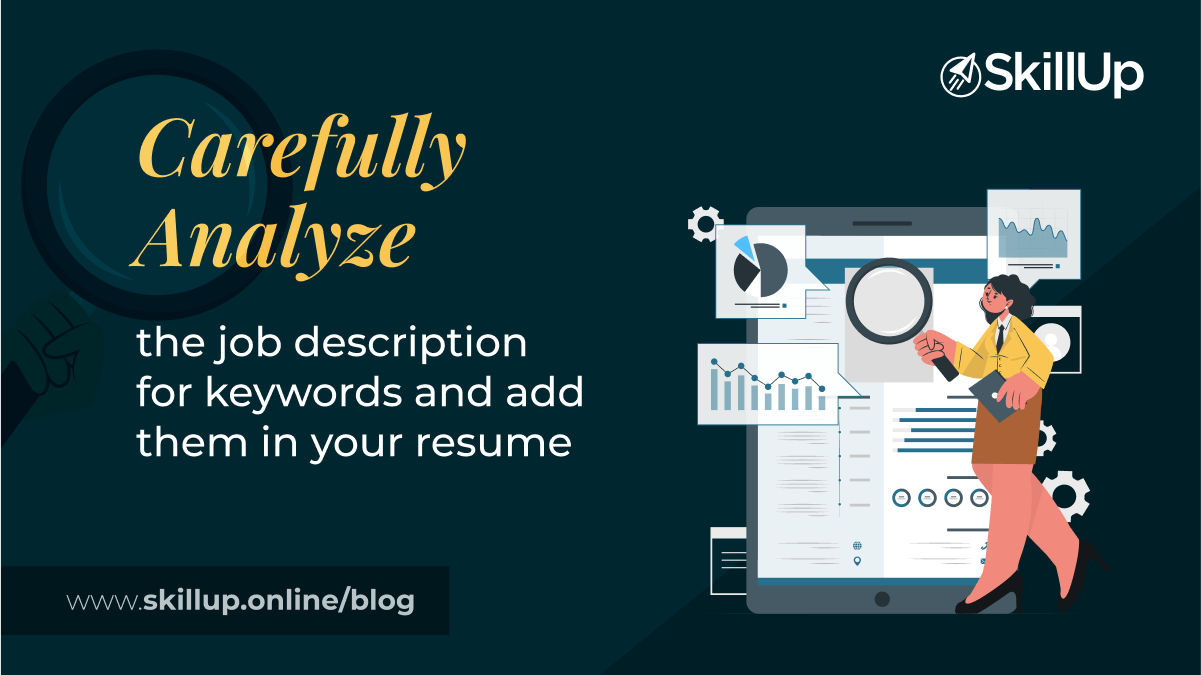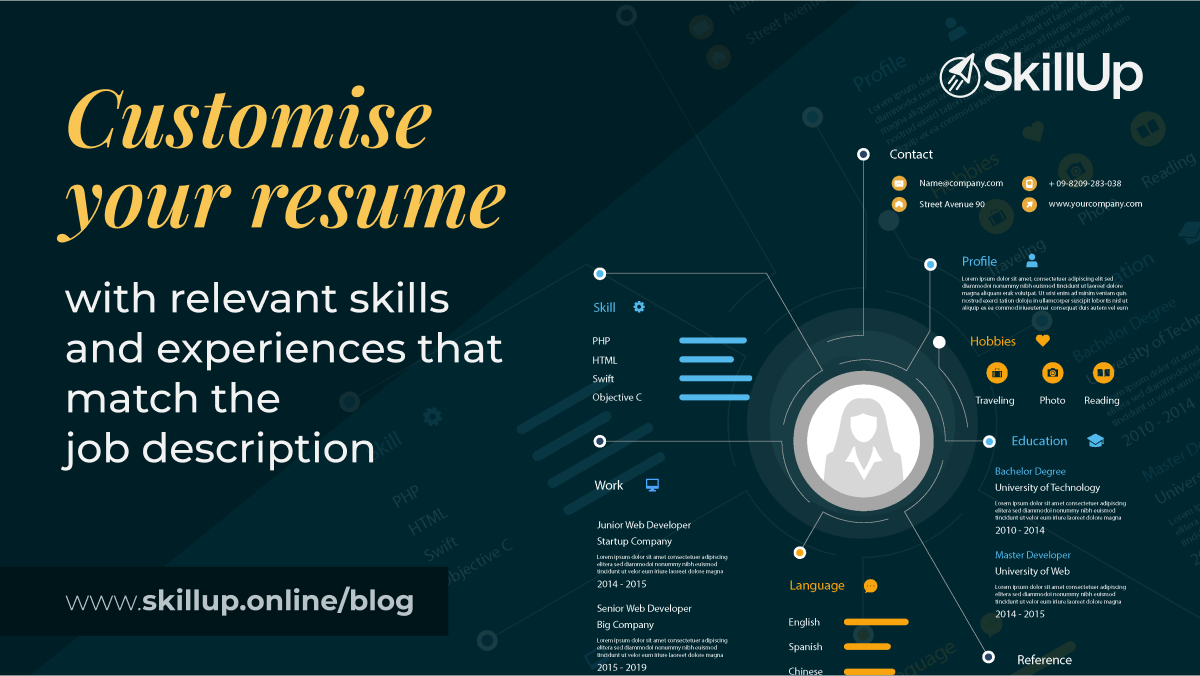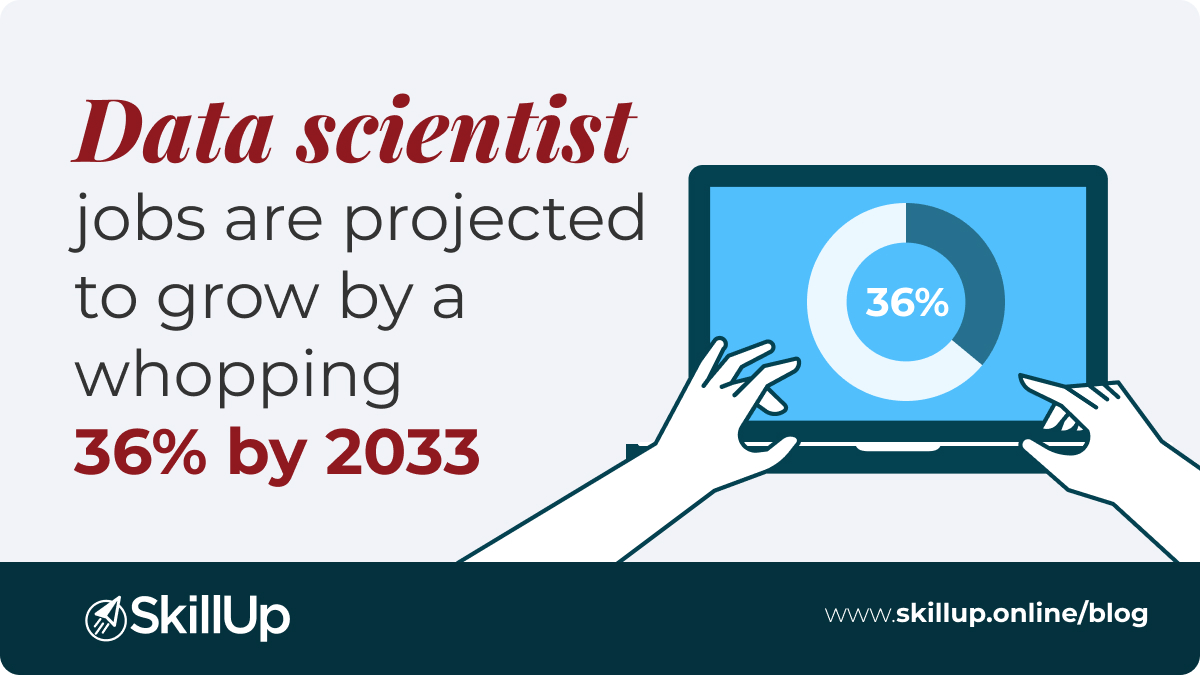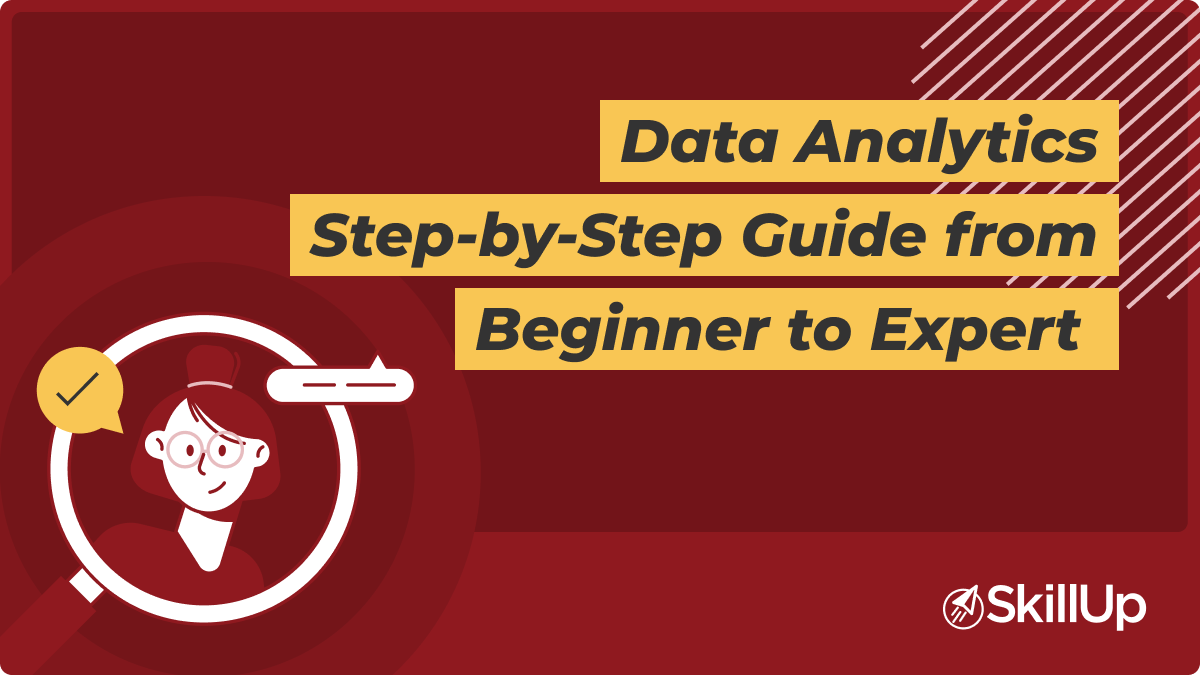You’ve sent out dozens of resumes for data analyst positions, but your application never gets shortlisted. You know you have the skills, the qualifications, and the passion, but somehow, your resume isn’t making the cut.
The problem isn’t you—it’s how your resume is speaking (or not speaking) to recruiters. The truth is, most resumes never even make it to a human eye.
This means that if your resume isn’t optimized for these systems, it might never even reach a human recruiter. The good news? You can break through this digital barrier by tailoring your resume with the right strategies.
Let’s dive into how you can do just that and finally start getting those callbacks.
1. Understand the Role of ATS and AI in Recruitment
Before your resume ever reaches a hiring manager, it likely passes through an ATS—software designed to screen resumes by scanning for specific keywords and phrases. ATS systems, powered by AI, filter out resumes that don’t meet certain criteria set by the employer, such as required skills, qualifications, and experience. If your resume isn’t optimized with the right keywords, it might never make it past this stage, no matter how qualified you are.
How ATS Works:
- Keyword Matching: The system scans your resume for specific terms that match the job description. These can include skills, job titles, certifications, and even educational qualifications.
- Ranking Resumes: Based on how well your resume matches the job description, the ATS assigns a ranking. Resumes with higher rankings are more likely to be reviewed by a human.
- Parsing Information: ATS software breaks down your resume into sections like experience, education, and skills, ensuring that the relevant information is easily accessible.
2. Start with a Job-Specific Summary
Your resume’s summary is the first thing recruiters will see, so make sure it’s not just a generic description of your career. Instead, craft a concise, powerful statement that aligns with the specific job you’re applying for. Mention your most relevant skills and experiences that match the job description.
Example:
Data Analyst with 3+ years of experience in SQL and data visualization tools like Tableau and Power BI. Proven track record of transforming raw data into actionable insights that drive business decisions.
3. Align Your Skills with the Job Description
Recruiters often scan resumes for keywords that match the job description. Make it easy for them by incorporating those keywords into your skills section. If the job posting emphasizes statistical analysis, SQL, and data cleaning, ensure these skills are prominently featured. But don’t just list them—provide context that shows how you’ve applied these skills in real-world situations.
Example:
Skills: SQL, Python, Statistical Analysis, Data Cleaning, Tableau
Implemented a new data cleaning process that reduced errors by 15%, saving the team 10 hours per week.
4. Beat the ATS with Relevant Keywords
To ensure your resume gets past the ATS, you need to include the right keywords from the job description. This means carefully analyzing the job posting and identifying the most important skills, tools, and qualifications mentioned. Incorporate these terms naturally into your resume, especially in the skills, experience, and summary sections. But be careful—overloading your resume with keywords can make it look unnatural and may raise red flags with recruiters.
Tips:
- Use exact phrases from the job description when possible.
- Avoid using too much jargon or abbreviations that might not be recognized by the ATS.
- Don’t just stuff keywords; ensure they fit naturally into the content.
5. Showcase Relevant Experience
When it comes to your work experience, relevance is key. You might have a long career history, but not all of it is necessary for this specific role. Focus on the positions and projects that directly relate to the data analyst role you’re targeting. Use bullet points to highlight achievements that demonstrate your impact, such as increasing efficiency, improving data accuracy, or contributing to successful projects.
Example:
Data Analyst, XYZ Corp (2019-2023)
Led a team in developing a predictive analytics model that increased sales forecasting accuracy by 20%.
Optimized SQL queries, reducing report generation time by 30%.
6. Quantify Your Achievements
Numbers speak louder than words. Whenever possible, quantify your achievements to give hiring managers a clear picture of your impact. Did you reduce costs, increase productivity, or improve data accuracy? Put a number on it. Quantified achievements not only make your resume more compelling but also demonstrate your ability to deliver measurable results.
Example:
Reduced data processing time by 25% by streamlining the ETL process.
Improved data quality, resulting in a 98% accuracy rate across all reports.
7. Tailor Your Education and Certifications
If you’ve taken courses or earned certifications that are directly relevant to the job, make sure they stand out. For example, if the role requires knowledge of machine learning or advanced statistical methods, and you’ve completed relevant coursework, list it prominently. This shows that you’re not only qualified but also committed to continuous learning.
Example:
Certified Data Scientist (2023) – Completed coursework in machine learning, predictive analytics, and big data management.
8. Customize for Each Application
While it might be tempting to send the same resume to multiple employers, this approach can backfire. Each company is looking for specific qualities and skills. Take the time to tweak your resume for each job application. Focus on what makes you the best fit for that particular role, and adjust your summary, skills, and experience sections accordingly.
So, What Are Your Next Steps?
As you can see, tailoring your resume for each data analyst job application might take extra time, but it’s an investment that pays off. A well-targeted resume increases your chances of getting noticed, landing interviews, and ultimately securing the job you want.
By following these strategies and understanding how ATS and AI-driven tools work, you’ll move from the resume black hole to the top of the candidate list. All you need is patience and a little attention to detail to get those interviews rolling in!
If you would like to know more about how you can customize your resume or want to build advanced data analytics skills, contact our Learner Support Team at [email protected]. They will be more than happy to guide you on your next steps.
SkillUp Online
